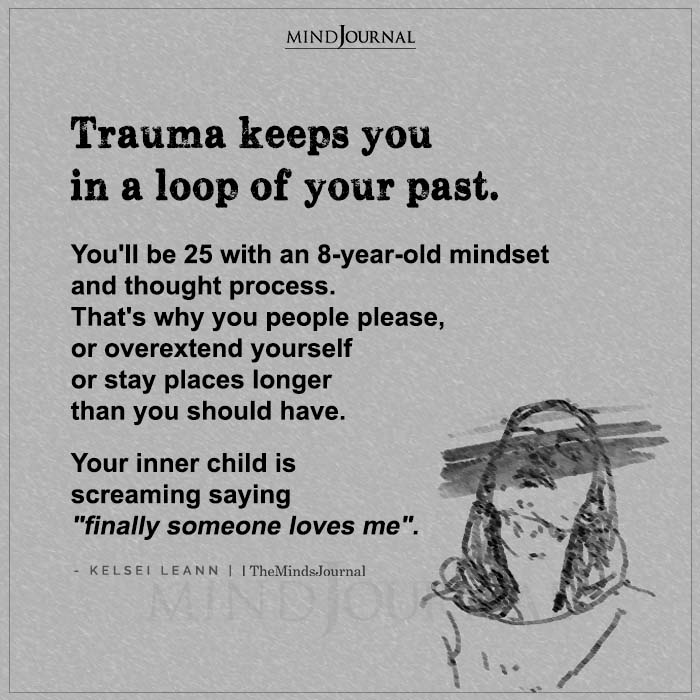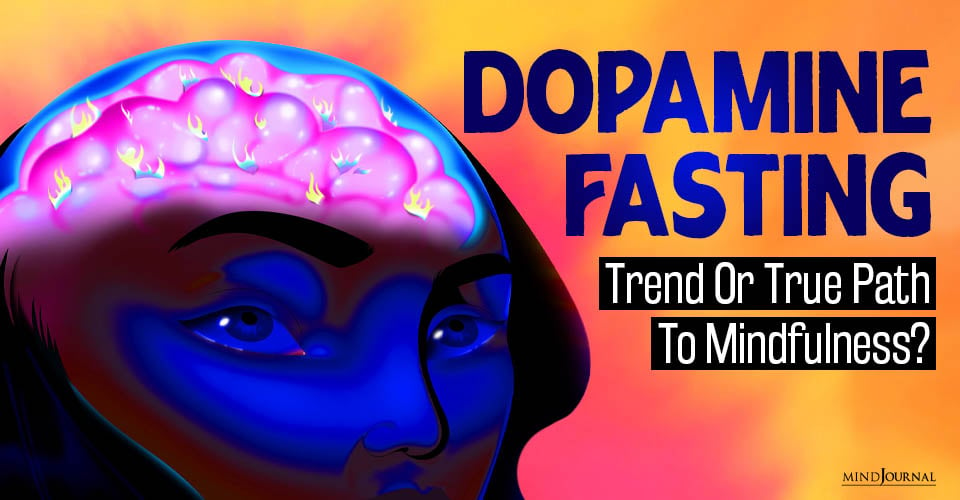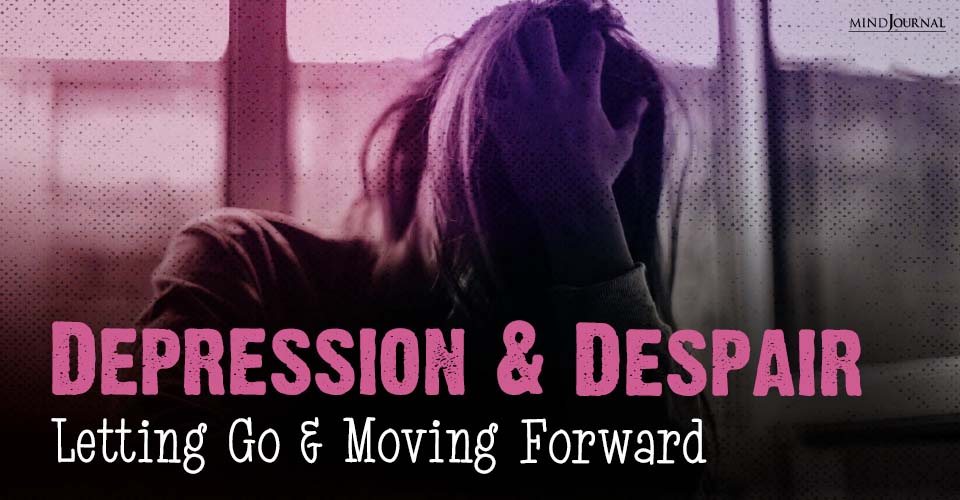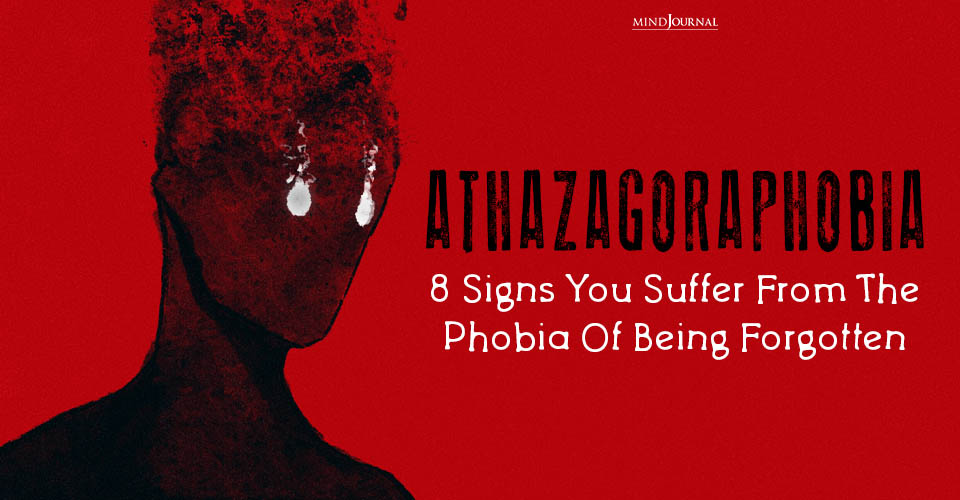Post-traumatic stress disorder or PTSD is a growing mental health issue worldwide. Life is not easy for people with this disorder as it can take a heavy toll on personal and social life. This post brings to you some interesting facts about PTSD. Check out!
PTSD can occur when you have experienced a traumatic event. It is not just about depression, anxiety, flashbacks, or intrusive memories and thoughts associated with a traumatic event in your life. There is more to it!
Do you know people who have not suffered any traumatic event can also develop PTSD? There are many more such facts that will surely leave you surprised. Read on to know them.
Here Are Interesting Facts About PTSD:
1. Almost 8 million people in the United States have PTSD
Well, talking about PTSD is not so common in our society due to stigma and lack of awareness. But a whopping 8 million people in the US are suffering from PTSD. Approximately, 7 or 8 out of 100 people will develop PTSD at some point in their lifetime.
If you are having PTSD and reading these interesting facts about PTSD, I hope you don’t feel alone anymore. The more you open up about your worries and pain to your loved ones, the easier it will be for you to ask for help.
2. People living in urban areas are at greater risk of PTSD
The reason is simple! More crime and anti-social activities are occurring in urban areas. Other reasons are lower education, more financial, environmental, and social stressors in urban areas, which make people vulnerable to PTSD.
Related: Am I Stressed or Anxious? How to Recognize the Difference and Cope
3. PTSD symptoms take years to show up
Unlike what a lot of people believe, PTSD may take years to begin. Doctors can make a diagnosis if you have PTSD symptoms for at least one month. In some cases, it takes several months and years before the PTSD symptoms become obvious.
In some cases, PTSD-like symptoms – anxiety, insomnia, and depression – right after a traumatic event may actually turn to be an acute-stress disorder, which may or may not develop into PTSD (especially if you treat it immediately).

Related: What Is Treatment Resistant Depression: 7 Ways To Help Cope
4. Refugee trauma also contributes to PTSD
People with the trauma of being a refugee may feel like fleeing to a war-ridden country, which may lead to PTSD.
5. Children can also develop PTSD
In most cases, adults who are experiencing PTSD symptoms have suffered a traumatic event in childhood. But, children too can develop this stress disorder while they are still young. About 1 to 6% of boys and 3 to 15% of girls who are traumatized (by neglect or abuse) develop PTSD. The likelihood of PTSD depends on the severity of the trauma.
6. Women are highly likely to develop PTSD
That doesn’t mean men do not suffer from PTSD. It’s just that women (10%) develop this disorder more often than men (4%) at some point in their life. However, there is a lack of research explaining why women are at greater risk, but it could be because of the type of traumatic events they are exposed to such as domestic violence or sexual abuse in childhood or in adulthood.
7. PTSD symptoms are different for men and women
This is one of the most interesting facts about PTSD! Women with PTSD tend to avoid anything that causes discomfort or any situation that can trigger unpleasant thoughts or uncomfortable feelings. When something triggers or overwhelms them they find it difficult to deal with their emotions. But, men are not jumpier as women. They are angrier and resort to drugs or alcohol to manage the emotion that the memories or triggers evoke.

8. Those who are not trauma victims can also develop PTSD
PTSD can begin even if you have not suffered any traumatic event such as a car accident or an assault or a war. Some people are diagnosed with PTSD because their loved one was in a traumatic situation or lost a near and dear one or maybe they are injured badly. This is one of the surprising facts about PTSD that research revealed.
Other people who are likely to develop PTSD are those working as paramedics, firefighters, police, emergency room doctors – because they work under high pressure most of the time. Even psychologists – who deal with clients from all walks of life having a wide range of emotional and mental health issues – can develop PTSD.
9. People who have experienced violent trauma are vulnerable to violent trauma or intimate partner sexual violence in the future
Are you wondering what makes a person with a past experience of violent trauma highly likely to suffer the same thing again? That may be because of the living environment. The risk of PTSD increases – if you are living with a violent partner or in a city that has a high crime rate, being a refugee, or living in a war-ridden country or places where more violence occurs.
10. Experiencing 4 or more traumatic events increases the risk of PTSD than experiencing 3 or less.
Sounds weird? Well, research says that on average a person in the world will go through 3.2 traumatic events during their lifetime. So, the more traumatic events you experience in life more the likeliness of developing PTSD.
11. PTSD is the second/third most common mental health disorder
After generalized anxiety disorder and depression, PTSD is the second/third most common mental health problem. Remember that these conditions do not occur in isolation! Symptoms of PTSD overlap with symptoms of depression and other mental health disorders. Similarly, people with depression or anxiety are at higher risk of experiencing traumatic events increasing their risk of developing PTSD.
Related: What A Panic Attack Feels Like: 3 Science-backed Ways To Cope
12. PTSD symptoms can lead to job loss and suicide
People with PTSD struggle to focus on work which increases the risk of losing their job. This can cause anxiety and worsen their symptoms of PTSD. Financial uncertainty can trigger suicidal thoughts, which need the immediate attention of mental health professionals. The risk of suicide needs to be addressed first and then slowly treat the PTSD symptoms to improve the patient’s quality of life.
13. The time between the end of the trauma and the start of the treatment doesn’t impact the effectiveness of the treatment
If you are on the waiting list for the treatment that doesn’t mean the treatment you receive will no longer work. The time between the trauma and seeking help should not demotivate you from seeking treatment. If the treatment is effective in weeks, it is also effective years later.
14. Conditions like Depression and substance abuse need to be treated before PTSD
Depression, substance abuse, and other such conditions can deter a person from seeking help or treatment, And not making most of the treatment can push the person with PTSD towards more harm.
15. Face to face talking and group sessions better help patients with PTSD
Talking to a therapist privately or taking online therapy sessions or joining group sessions are effective in managing PTSD symptoms. One good news is The National Health Service (NHS) is a free option but the drawback is the long waiting time. On the other hand, private clinics can increase the cost of your treatment but you have the advantage of talking to someone immediately.
Online therapy is effective for people who are not comfortable with one-to-one sessions and may even be free depending on who and where they are offered.
Related: Broadening Our Understanding of Trauma: Why Context Matters
16. Non-medical therapies may help manage some PTSD symptoms
This is one of the interesting facts about PTSD that not many know. There are various activities that people with PTSD can try to relax or manage painful feelings or triggers that overwhelm them. These are –
- Meditation
- Yoga
- Art Therapy
- Music therapy
- Acupuncture
- Music Therapy
However, these non-medical therapies may help relieve PTSD symptoms faster when used along with medicines. People who choose only complementary therapy may refer to a certified and licensed professional with experience in working with people with PTSD.
17. Not everyone experiences PTSD flashbacks the same way
Flashbacks are one of the most common symptoms of post-traumatic stress disorder. They can be very vivid with sound, smell, visions, sensations, and details that may seem real. You feel like you are back again in the same traumatic situation. Sometimes you may feel intense sensations causing fright.
However, not everyone who has PTSD experience flashbacks. Some only have memory without a strong flashback or no flashbacks at all.
18. There are different criteria for diagnosing PTSD which changes every few years
Surprised? Well, The American psychiatric association (APA) and the World Health Organization (WHO) use slightly different criteria for diagnosing PTSD. This means you cannot fit the criteria provided by APA but fit the one provided by WHO.
Two different doctors may have two different diagnoses’. Moreover, the criteria for diagnosis keep changing so you may not meet the criteria one year, but meet the next year, even without a change in the symptoms. Also, you may meet the criteria this year and never in the future (but still suffering). Imagine the plight!
20. The severity of symptoms will reduce over time
Before you jump in happiness, please remember that according to research PTSD symptoms reduce over time but you may still experience the symptoms unless the root cause is treated.
In two-third of patients, the symptoms reduce without treatment. There is a significant drop in the severity of symptoms one year after the end of the trauma. But, in the remaining one-third sufferers PTSD symptoms do not change without treatment. They need to seek professional help as soon as possible and try to get rid of their symptoms.
Related: Why You Are Frustrated And Angry All The Time: 5 Psychological Reasons
21. There is a correlation between PTSD and cardiovascular disease
PTSD sufferers are at a higher risk of dying from a heart attack. With severity in symptoms, the blood pressure increases, which can lead to anxiety. Further, it can stimulate the sympathetic nervous system, thereby increasing cortisol (stress hormone) production and heart rate.
22. The average time between people seeking treatment and receiving it is 4.5 years
Shocked to know about such a long waiting time between diagnosis and proper treatment? It is due to this long waiting period, people diagnosed with PTSD suffer from other mental health issues. While substance abuse is a common issue for many, some people engage in self-medication resulting in negative physical and psychological effects.
For me, this is one of the most shocking facts about PTSD!
23. Treatment for PTSD may improve symptoms of other disorders
Having disorders like depression which are secondary to PTSD tends to improve when the patient receives treatment for PTSD. They improve to the point when they no longer meet the diagnostic criteria.
However, if the secondary disorder is not interfering with the PTSD treatment and is not causing harm to the patient’s health, then dealing with the root causes of PTSD resolves the problems which emerged from the branches of the PTSD.
Related: 4 Types Of Borderline Personality Disorder
24. Exposure therapy can help relieve PTSD symptoms
Exposure therapy refers to the process of reliving your traumatic experience. Sound counterintuitive? Well, that has helped some people cope up with the feelings and thoughts that the triggers evoke. During therapy, your therapist will guide your mind back to the trauma and help you to change the way you think about the event or experience. And, reduce your fear and avoidance behaviors.
However, only a trusted and qualified therapist can provide exposure therapy and help you achieve positive outcomes. Please note it must only be done in an environment where you feel safe.
Some More Facts About PTSD Include:
25. 4.4% of people in the UK will be diagnosed with PTSD in their lifetime
26. 70% of adults experience at least one traumatic event at some point in their lives.
27. In a given year, about 8 million people have PTSD
28. 1 in 13 people will develop PTSD during their lifetime
29. 20% of people who experienced a traumatic event will develop PTSD
30. 40% of people diagnosed with PTSD are later diagnosed with substance use disorder.
31. Over 50% of the people diagnosed with PTSD meet the diagnostic criteria for depression
32. 78% of people with PTSD will be diagnosed with other mental health problems in their lifetime
33. Lower levels of education can increase the risk of a person developing PTSD
Did you enjoy reading these interesting facts on PTSD? Drop a comment below.
Please feel free to share these facts with anyone suffering from PTSD. And always you are not the sole sufferer, there are millions suffering just like you. So make sure to seek help.
References
- Centers for Disease Control and Prevention
- Centers for Disease Control and Prevention (PTSD)
- Help Guide
- National Institute of Mental Health
- The National Child Traumatic Stress Network
- U.S. Department of Veterans Affairs
- U.S. Department of Veterans Affairs (PTSD)












Leave a Reply